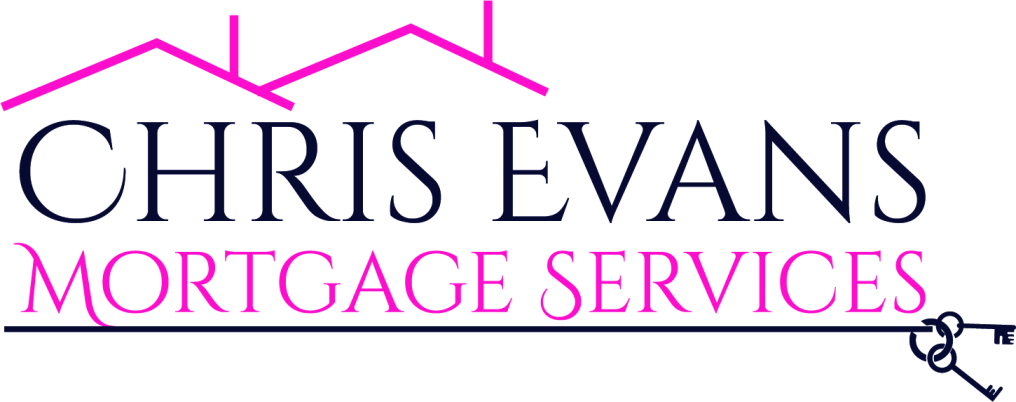Mortgages
How Mortgages Work
A mortgage is a loan you take out with a lender for a number of years
The length of time over which you have a mortgage is called your “mortgage term”
Mortgage terms can be anywhere between 5 and 40 years
A mortgage is a type of secured loan, which means it’s secured against a property - usually the property you want to buy with the mortgage
Using a property as security for a loan means that the lender can repossess it if you don’t keep up the mortgage payments
To take out mortgage, you must put down a mortgage deposit of at least 5% of the purchase price – the mortgage itself makes up the rest
About Mortgage Interest Rates
When you take out a mortgage, you’re given an introductory interest rate for the first few years – typically between 2 – 5 years
A popular kind of interest rate for first-time buyer mortgages is a fixed rate, which is where interest is charged at a set rate for a certain period.
Fixed rates are particularly good for those who like to budget
After the introductory period ends, you’re transferred onto your lender’s SVR (standard variable rate), which is the interest rate they set themselves
The lender’s SVR is normally higher than the introductory rate, so you would often remortgage onto a new product with a new lender when your introductory deal ends or take a new product with your existing lender
To take out mortgage, you must put down a mortgage deposit of at least 5% of the purchase price – the mortgage itself makes up the rest
Paying Back Your Mortgage
You pay back your mortgage with interest.
There are 2 main types of mortgage which determine how you pay the lender - repayment and interest-only:
With a repayment mortgage, you pay back a bit of the outstanding mortgage balance – i.e. the amount you borrowed each month alongside interest payments.
With an interest-only mortgage, you only make interest payments each month and repay the full mortgage at the end of the mortgage term.

Your home may be repossessed if you do not keep up repayments on your mortgage. You may have to pay an early repayment charge to your existing lender if you remortgage. As with all insurance policies, conditions and exclusions will apply.
Chris Evans Mortgage Services
is an appointed representative of Stonebridge Mortgage Solutions Limited which is authorised and regulated by the Financial Conduct Authority.
FCA Number 923719
The Financial Services Register https://register.fca.org.uk
